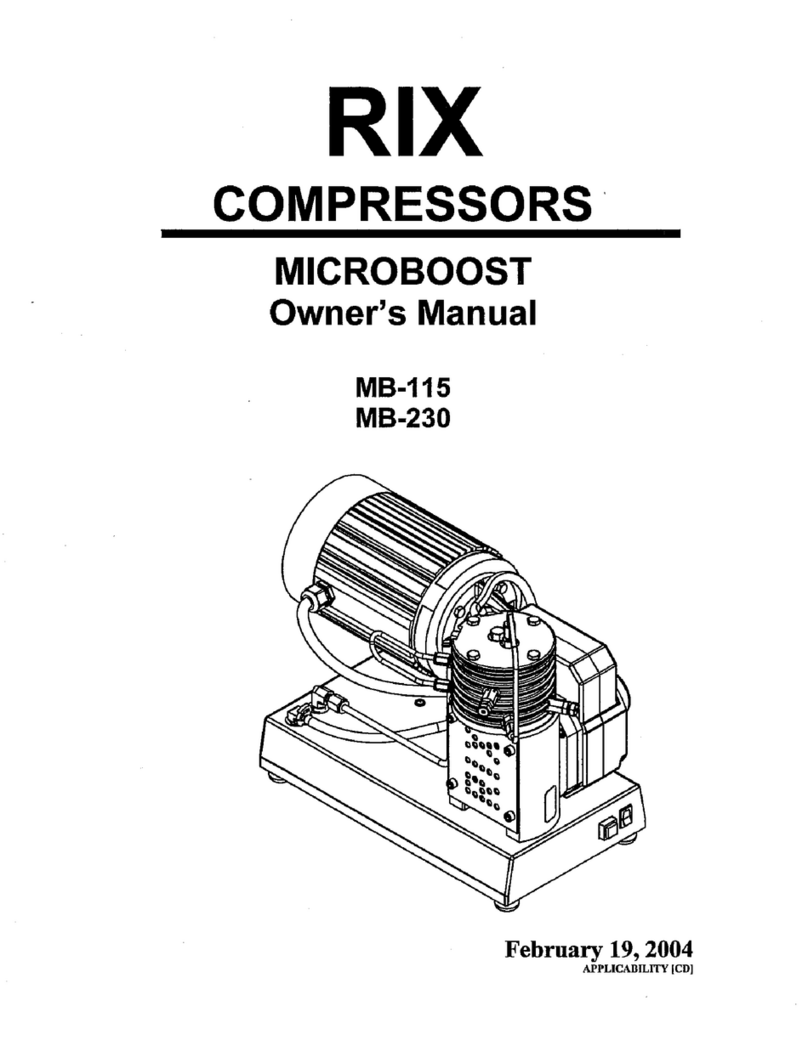RIX MB-115 User manual




















Other manuals for MB-115
1
This manual suits for next models
1
Table of contents
Other RIX Air Compressor manuals
Popular Air Compressor manuals by other brands

Sealey
Sealey SAC2103B.V2 instructions
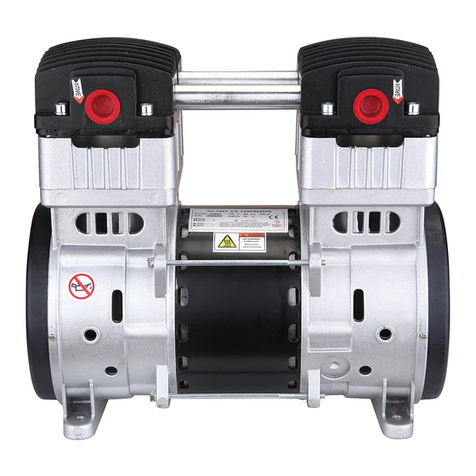
California Air Tools
California Air Tools SP-9421 owner's manual

California
California 8010ALFC owner's manual
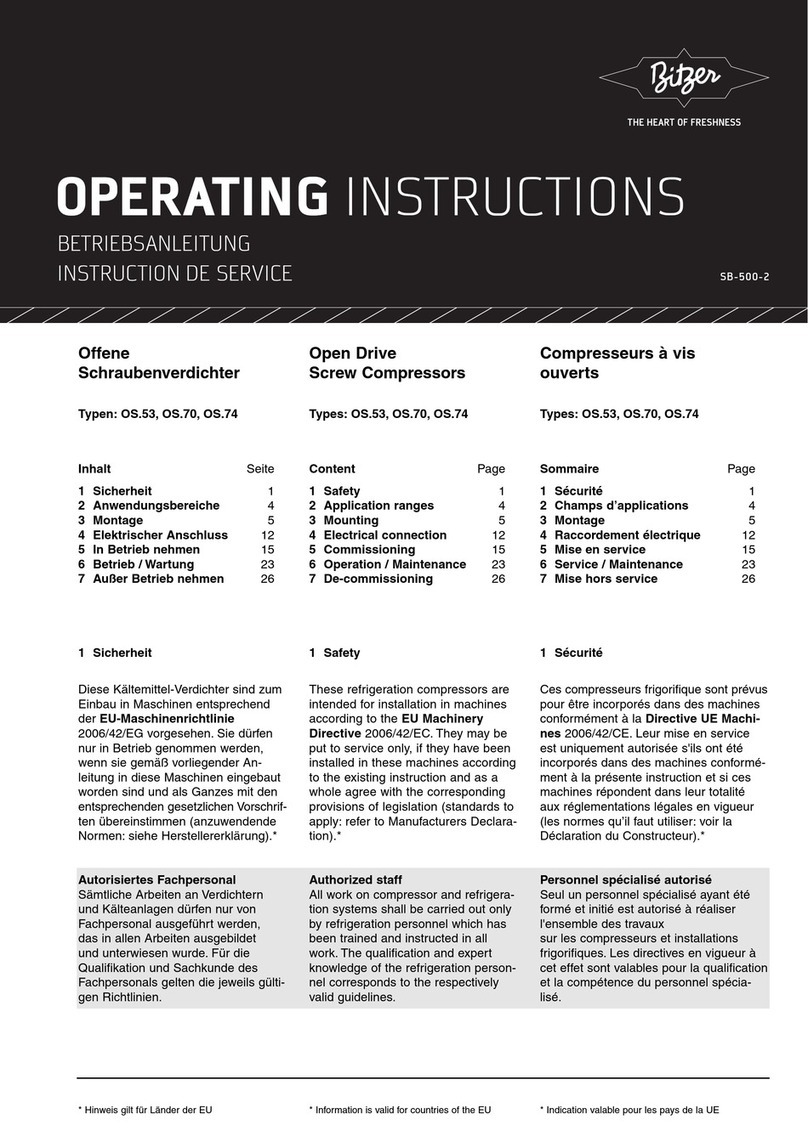
Bitzer
Bitzer OS.70 series operating instructions

General Air Products
General Air Products L20033 Installation, operation and maintenance manual
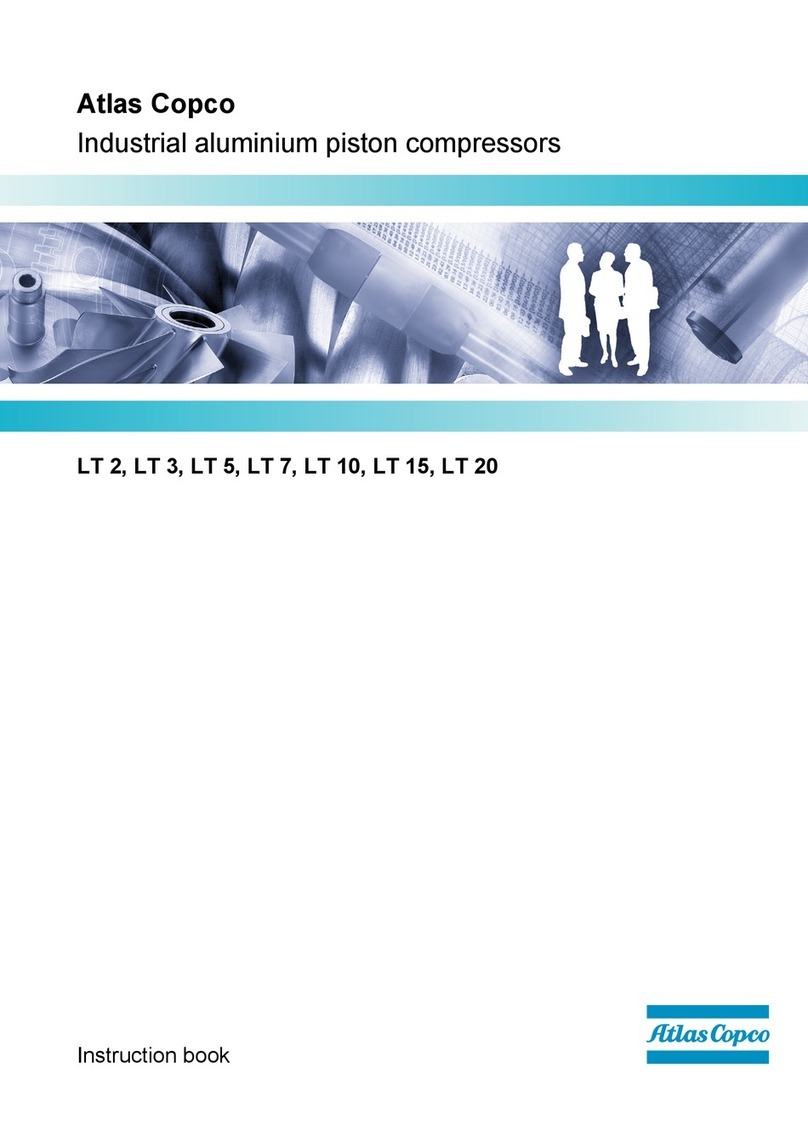
Atlas Copco
Atlas Copco LT2 Instruction book
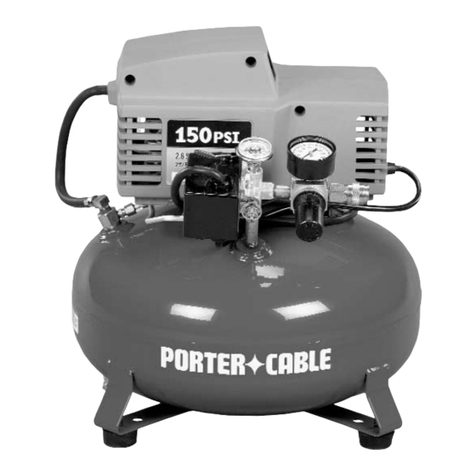
Porter-Cable
Porter-Cable CPFAC2600P instruction manual
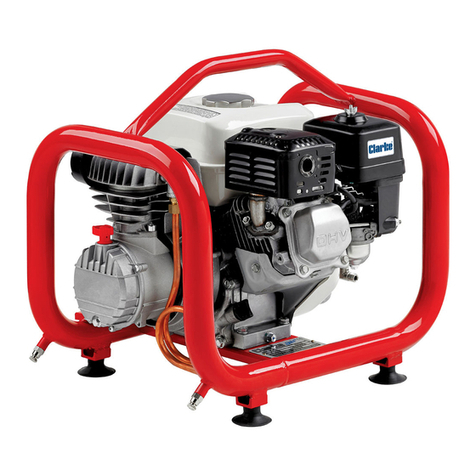
Clarke
Clarke CFP10H Operating & maintenance instructions
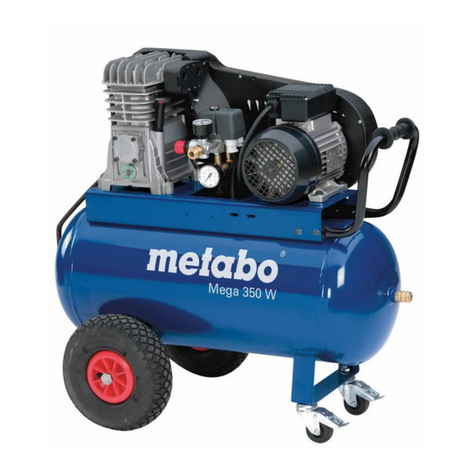
Metabo
Metabo Mega 350 W + D operating instructions
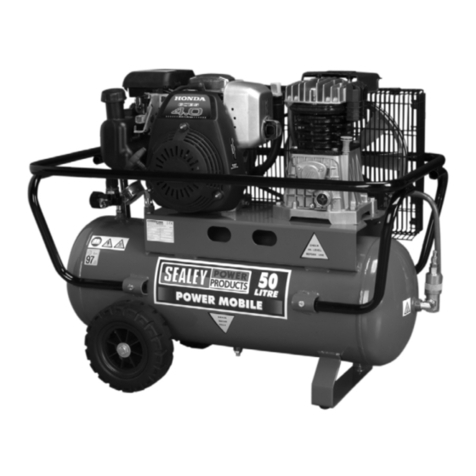
Sealey
Sealey Power PRODUCTS SA5040 instructions

Einhell Global
Einhell Global Airbase 8/2 operating instructions
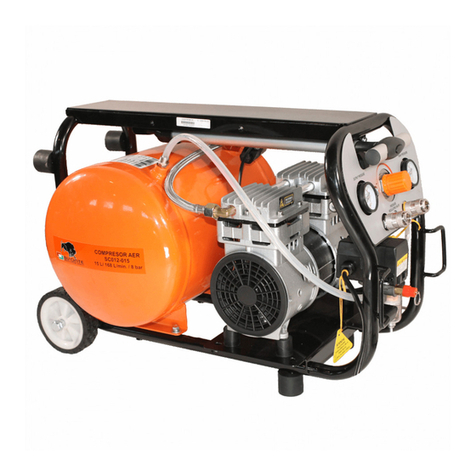
Bisonte
Bisonte SC012-015 user guide

AmazonBasics
AmazonBasics B074DD8NVY manual
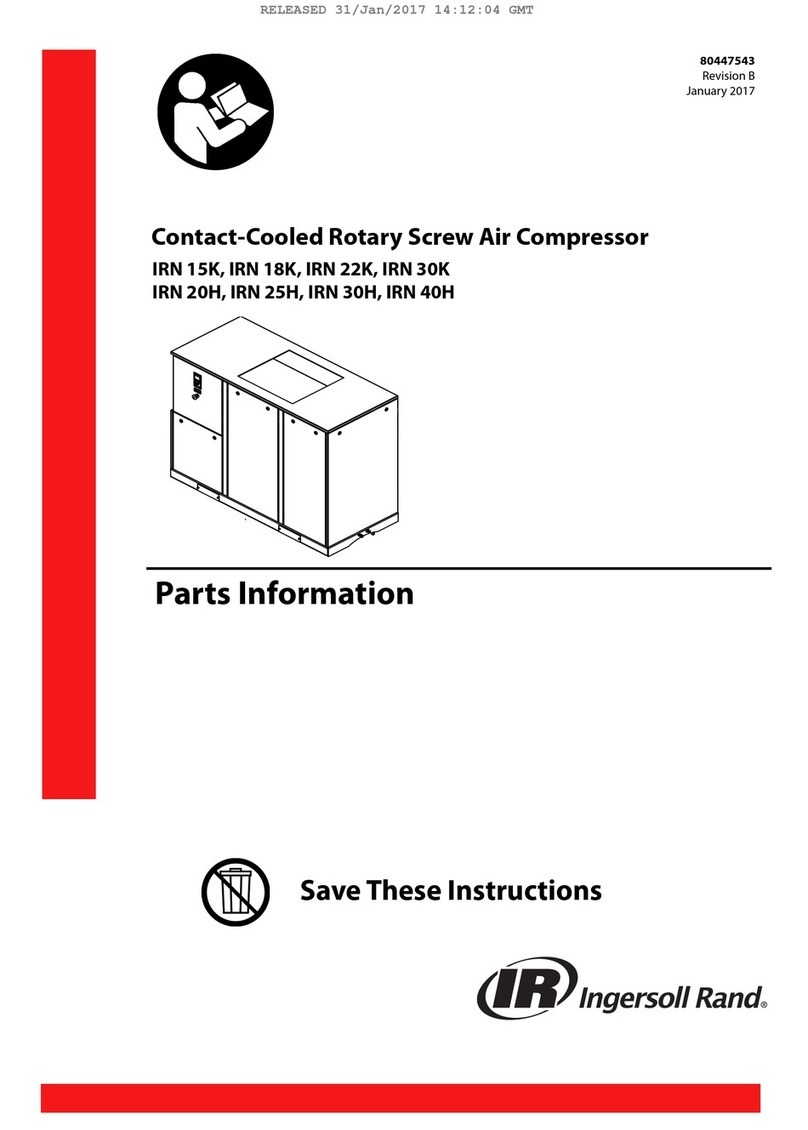
Ingersoll-Rand
Ingersoll-Rand IRN 15K instructions

Briggs & Stratton
Briggs & Stratton 74045 instruction manual
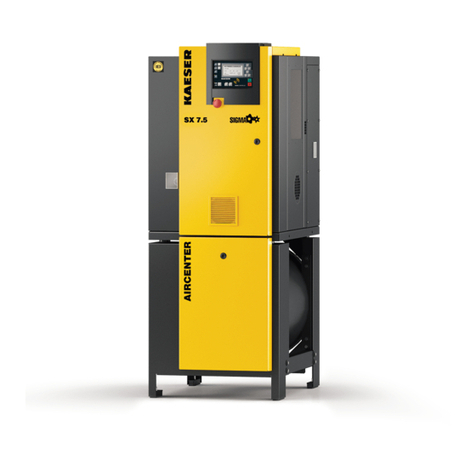
KAESER
KAESER Aircenter SX 3 Service manual
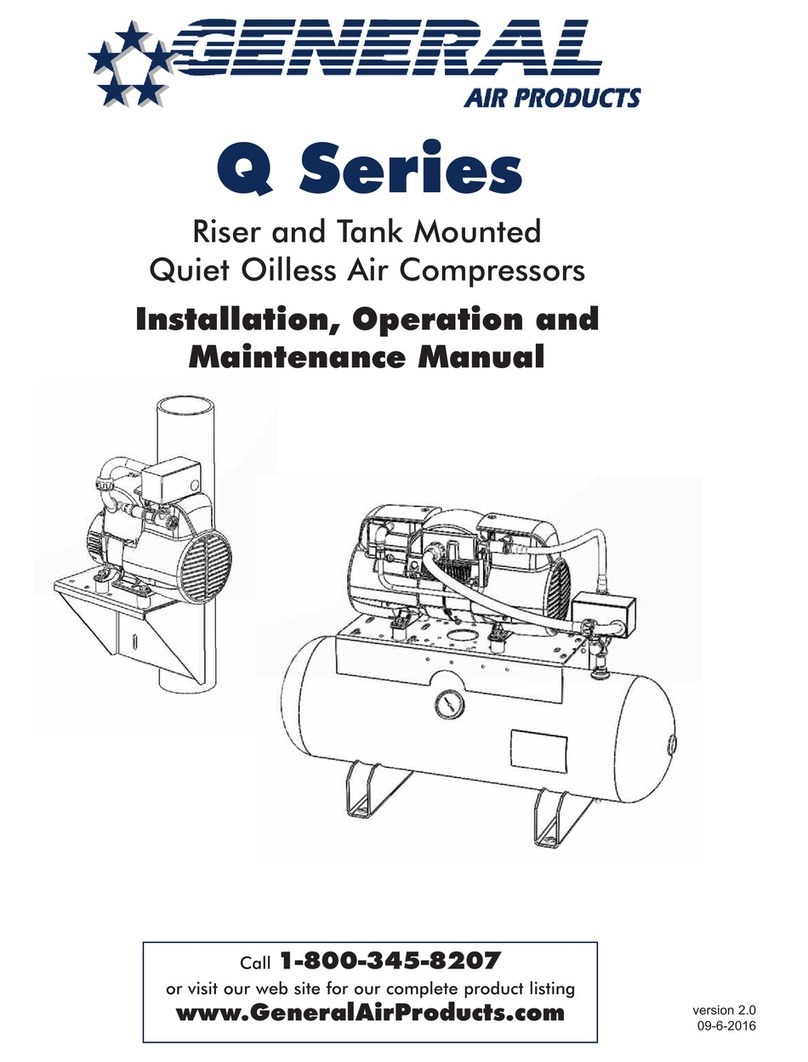
General Air Products
General Air Products Q Series Installation, operation and maintenance manual
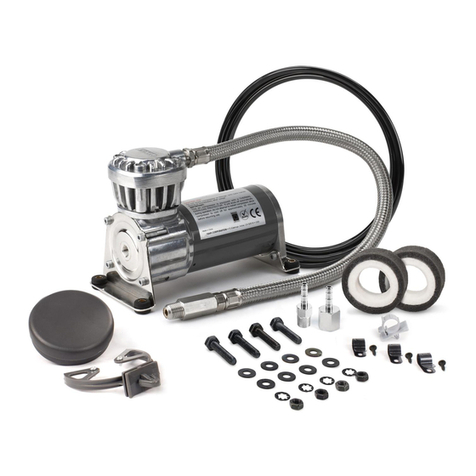
VIAIR
VIAIR 15010 manual
